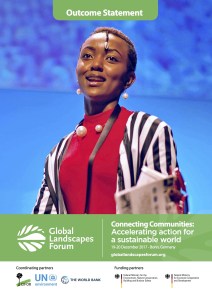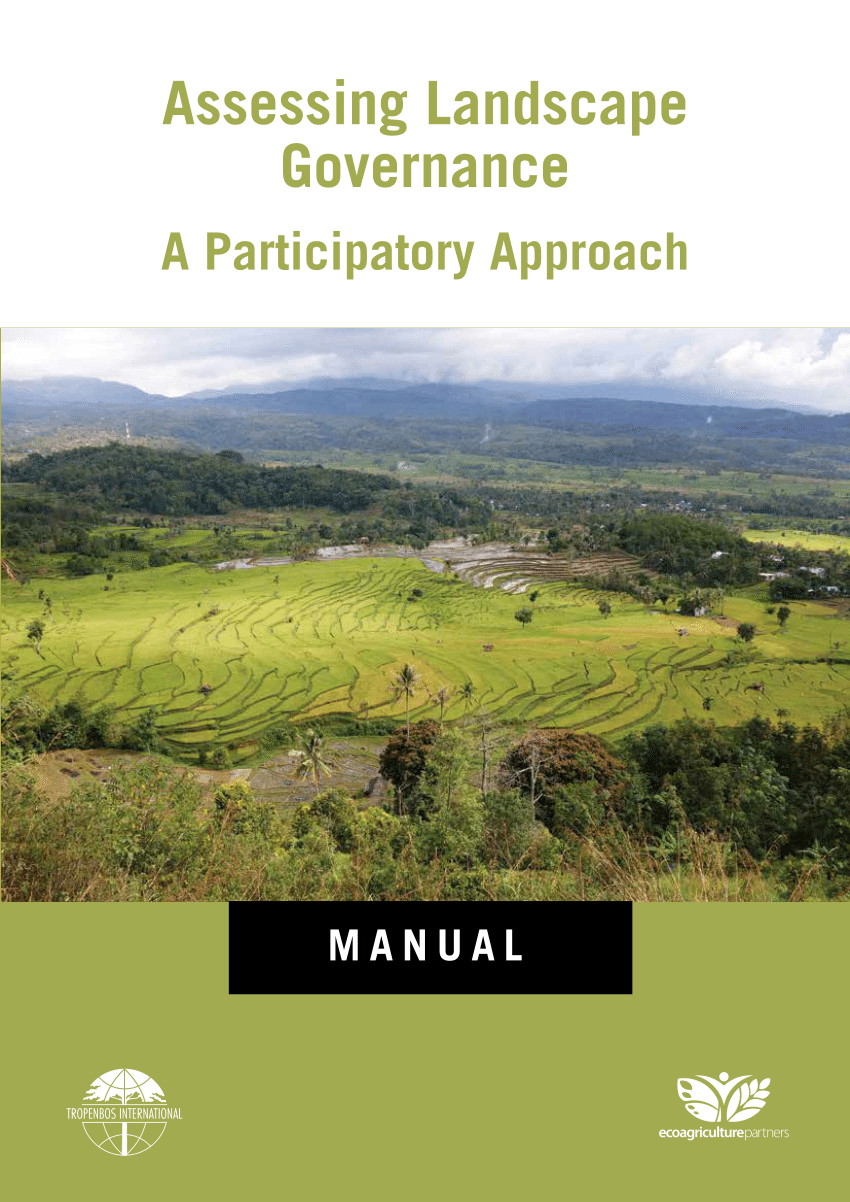Roots of Prosperity. The Economics and Finance of Restoring Land
Almost one-quarter of the world’s land area has been degraded over the past 50 years because of soil erosion, salinization, peatland and wetland drainage, and forest degradation. The resulting damage, in terms of lost ecosystem goods and services, costs the world an estimated US$6.3 trillion a year. Almost a quarter of the world’s land area has been degraded over the past 50 years.
This is the result of soil erosion, salinization, peatland and wetland drainage, and forest degradation.




